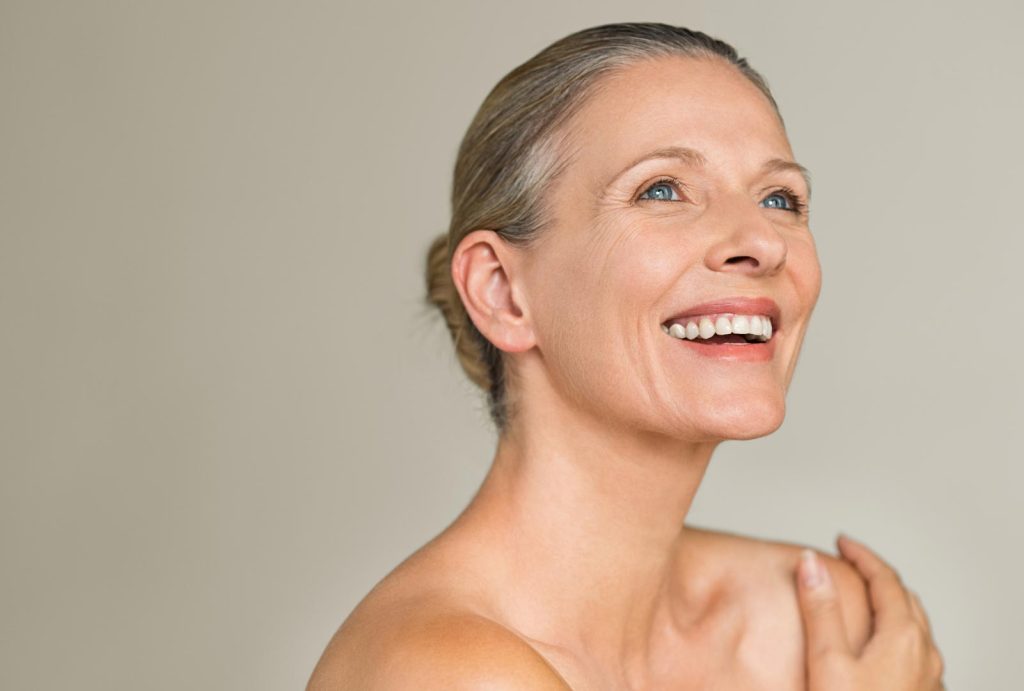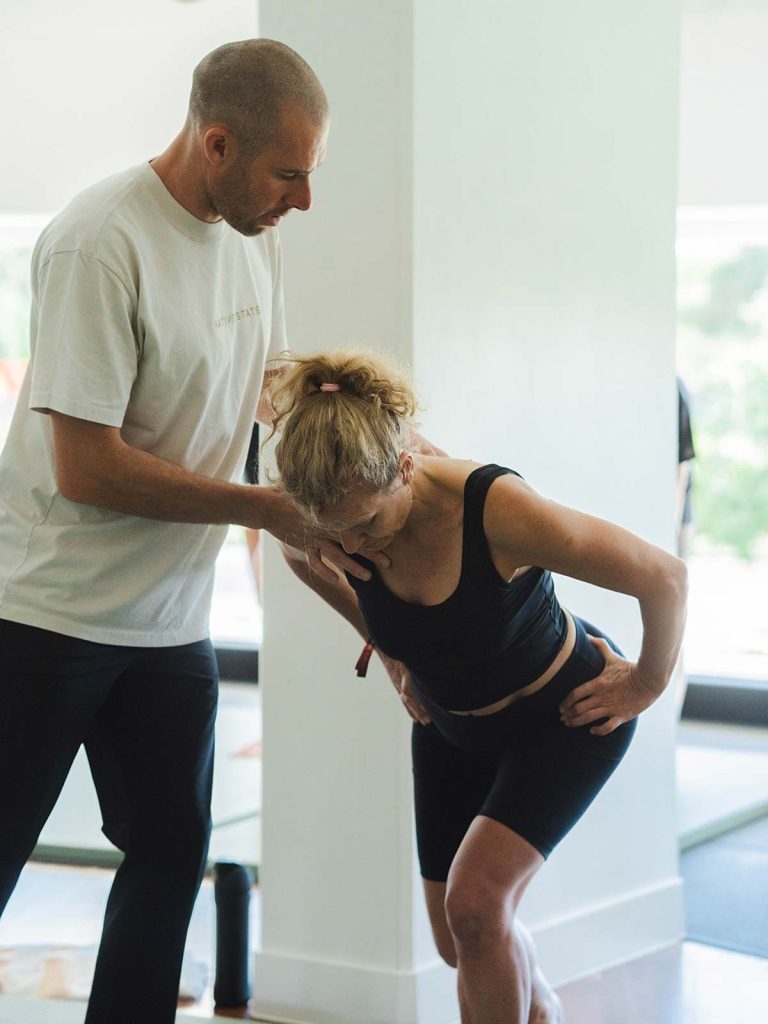You’ve woken up feeling a little off balance. Your workout’s in your calendar – but something in you says not today. Should you push through, or press pause?
It’s a common question in today’s high-performing, always-on culture: do I need to rest, or should I exercise? This article explores that very balance – what it means to ‘work in’ versus ‘work out’ – and why tuning in to your body’s signals might just be the most powerful form of self-care.
Whether you’re new to fitness, recovering from burnout, or looking to increase your energy in a sustainable way, understanding how to navigate rest vs exercise can help you thrive – not just survive.
What Does Balance Really Mean?
Balance isn’t a fixed formula – it’s personal. What leaves one person energised could completely drain another. Reflect for a moment: what throws you off track? Too many intense workouts in a row? Or maybe too much rest that starts to feel like stagnation?
The goal isn’t perfection. It’s awareness. Knowing when to push and when to pause creates a more intuitive, sustainable rhythm to your wellbeing.
And it’s not just about how you feel physically – mental, emotional, and even social energy play a role too. Maybe you’re feeling emotionally exhausted after a busy week, even if your body feels fine. That’s still a sign you might benefit from a slower, more restorative day.
There’s a time and place for both, but understanding how you use your energy will lay the groundwork for a more balanced life.
Why It’s Important to Balance Working In and Working Out
When we think of health, we often jump straight to movement – running, lifting, sweating. But wellness is broader than that. It includes rest, recovery, and internal alignment. That’s where working in comes in.
- Working out is about physical exertion. It builds strength, stamina, and endurance.
- Working in supports your mental, emotional, and spiritual health. It’s the recovery, reflection, and stillness that restores you.
Ignoring either side leads to imbalance. Too much intensity? Hello, burnout. Too little movement? Fatigue and sluggishness creep in. Finding that sweet spot between the two helps you feel more energised, not depleted.
This dual approach helps prevent overtraining, reduces stress levels, and improves your ability to stick to a movement routine that feels good in the long term.
Exploring Working In Techniques
“Working In” is all about caring for your mental, emotional, and spiritual health. Here are a few techniques you might find helpful:
- Meditation: Spend a few minutes each day simply sitting quietly, observing your thoughts, and cultivating a sense of inner peace.
- Breathwork: Use your breath to calm your nervous system and encourage relaxation. Try out different techniques, like deep belly breathing or alternate nostril breathing.
- Journaling: Write down your thoughts to help process emotions and track your journey toward balance.
- Mindful Movement: Participate in movement that is gentle on the body, this could be stretching, walking or any activity that offers restorative motion.
- Nature Time: Simply being outdoors, barefoot on grass, or under the sun can offer a deep sense of groundedness.
- Restorative Yoga or Yin: Slow, supported movement that allows your body to relax deeply.
These practices aren’t a replacement for exercise – they’re a complement. They help refill your cup.
Energising Through Working Out
On the flip side, working out keeps your body strong and health in check, which is crucial for maintaining high energy levels. Here’s how to get moving:
- High-Intensity Movement: Get your heart rate up with activities like running.
- Strength Training: Include freeweights or bodyweight exercises to increase muscle tone and boost your metabolism.
- Cardio: Participate in activities like swimming , cycling or cardio classes to improve your heart health and stamina.
- Flexibility Training: Engage in stretching to enhance mobility and prevent injuries.
- Group Classes: For those who thrive in a social setting, group workouts can offer both accountability and enjoyment.
- Playful Movement: Activities like hiking, rock climbing, surfing, or team sports can help make exercise feel less like a chore and more like fun.
Remember: more is not always better. Smart, intentional movement goes further than forcing it.
Finding Your Balance – How to Know When to Rest vs Exercise
Remember, you need both working in and working out to create that perfect balance. By mixing restorative practices with physical activity, you can elevate your energy and overall wellbeing.
- Check In With Your Body: Are you tired or just unmotivated? True fatigue feels heavy in the body, not just the mind.
- Use the 10-Minute Rule: Start moving for 10 minutes. Still feel exhausted? Take the rest day.
- Track Your Patterns: Notice when you feel strongest, and when you tend to burn out.
- Honour Your Sleep and Stress: Poor sleep or high stress are signs your body might need more recovery.
- Alternate Your Days: Mix high-intensity with low-intensity or working in sessions to stay balanced.
- Keep a Journal: Reflect on how different types of movement affect your mood and energy.
- Use a Weekly Rhythm: You might find a pattern like three active days, two working-in days, and one rest day suits your lifestyle.
The Signs You’re Getting it Right
Finding balance between rest and exercise isn’t always obvious in the moment – but your body will start sending little signals that you’re on the right track. It’s not about pushing harder or ticking every box. Real progress feels like ease, alignment, and energy that lasts beyond the workout.
It’s feeling more consistent, energised, and connected to your body. It’s knowing when to step back without guilt – and when to step up with confidence.
You’ll start to notice:
- Fewer energy crashes
- Improved mood and mental clarity
- Better sleep and recovery
- Greater enjoyment in both movement and rest
- Reduced stress and reactivity
- A deeper sense of self-trust and balance
This is where sustainable wellness lives.
Conclusion: Rest and Movement Can Coexist
The answer to rest vs exercise isn’t a one-size-fits-all formula. It’s a conversation with your body – one built on trust, awareness, and care.
By blending working in and working out, you create a rhythm that supports both vitality and recovery. So the next time you’re unsure, pause and ask: Do I need to sweat, or slow down? That quiet moment of checking in might just be the healthiest thing you do all day.
Credit to Paul Chek, who coined the terms “working in” and “working out” in combination. For more information, visit his website.
Ready to Tune Into Your Energy?
Whether you’re craving stillness or movement, Native State offers experiences to support both. Choose a casual studio class to move with intention, or unwind with a 90-minute bathhouse session featuring sauna, steam, and cold plunge therapies.
Explore bookings and find your rhythm at Native State.



